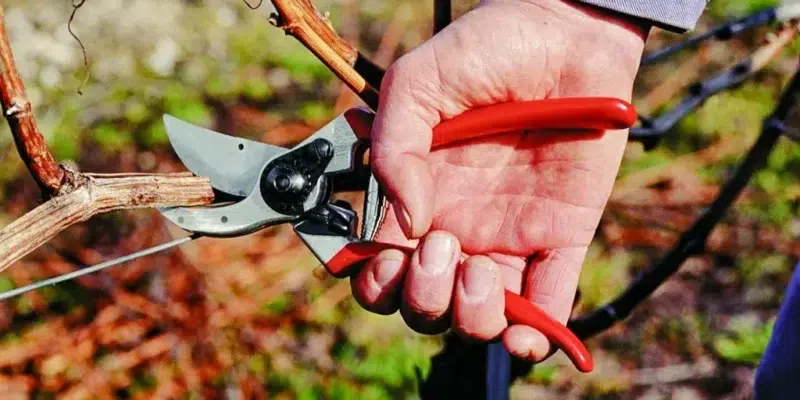Introduction
Tomato plants are a popular choice among gardeners due to their versatility and nutritional value. However, many growers encounter a frustrating phenomenon known as blossom drop. This occurs when tomato plants produce flowers but fail to set fruit, leading to decreased yields. Several factors contribute to this problem, ranging from environmental conditions to nutritional deficiencies. In this comprehensive guide, we will explore the common causes of tomato blossom drop and provide practical solutions to help you overcome this challenge.
1. Environmental Factors
a. Temperature Fluctuations
Tomatoes are sensitive to temperature changes. High daytime temperatures (above 85°F/29°C) and low nighttime temperatures (below 55°F/13°C) can hinder pollination, leading to blossom drop. To mitigate this, consider planting heat-tolerant tomato varieties and providing shade during excessively hot days.
b. Humidity Levels
Extreme humidity, either too high or too low, can interfere with pollen movement. High humidity can cause the pollen to become sticky and clump together, while low humidity dries out the pollen, making it less viable. Proper ventilation and regular misting can help maintain optimal humidity levels.
c. Wind
Strong winds can disrupt the delicate process of pollination by blowing away the pollen or damaging the flowers. Creating windbreaks around your tomato plants, such as using trellises or fences, can shield them from strong gusts and improve pollination rates.
2. Pollination Issues
a. Lack of Pollinators
Tomato flowers rely on pollinators like bees and butterflies to transfer pollen between male and female parts. If there is a scarcity of pollinators in your area, consider attracting them by planting nectar-rich flowers nearby or installing beehives in your garden.
b. Improper Pollination
Sometimes, even with pollinators present, improper pollination can occur. This happens when the pollen fails to reach the stigma of the flower. Gently shaking the plants or tapping the flowers can assist in pollen movement, enhancing the chances of successful pollination.
3. Soil and Nutritional Factors
a. Nutrient Deficiencies
Tomatoes require specific nutrients, especially phosphorus and potassium, for healthy flower and fruit development. A deficiency in these nutrients can lead to blossom drop. Conduct a soil test to identify deficiencies and amend the soil with organic fertilizers or compost to restore nutrient balance.
b. Overfertilization
While nutrients are crucial, excessive fertilization, especially with nitrogen, can cause an abundance of foliage at the expense of flowers and fruits. Use balanced fertilizers and follow recommended dosages to avoid overstimulating vegetative growth.
4. Pest and Disease Problems
a. Pest Infestations
Pests like aphids and spider mites can damage the delicate parts of the tomato plant, including the flowers, affecting their ability to set fruit. Regular inspection and appropriate pest management strategies, such as introducing natural predators or using neem oil, can help keep these pests in check.
b. Fungal Diseases
Fungal diseases like powdery mildew and botrytis can attack the flowers, causing them to wither and drop prematurely. Proper spacing between plants, good air circulation, and preventive fungicidal treatments can minimize the risk of fungal infections.
5. Stress Factors
a. Water Stress
Inconsistent watering, either too much or too little, can stress the tomato plants, leading to blossom drop. Implement a regular watering schedule, preferably early in the morning, and use mulch to retain soil moisture and prevent water evaporation.
b. Transplant Shock
Transplanting tomato seedlings can cause stress, affecting their ability to set fruit. Minimize transplant shock by handling seedlings gently, ensuring they are adequately watered, and providing shade for the first few days after transplanting.
Conclusion
Tomato blossom drop can be a frustrating challenge for gardeners, but understanding the underlying causes is the key to finding effective solutions. By addressing environmental factors, enhancing pollination, maintaining proper soil nutrition, managing pests and diseases, and minimizing stress factors, you can significantly reduce the occurrence of blossom drop and enjoy a bountiful tomato harvest. Remember that patience and consistent care are essential in nurturing healthy tomato plants. With the right techniques and a bit of attention to detail, you can overcome this problem and cultivate a thriving tomato garden. Happy gardening!





